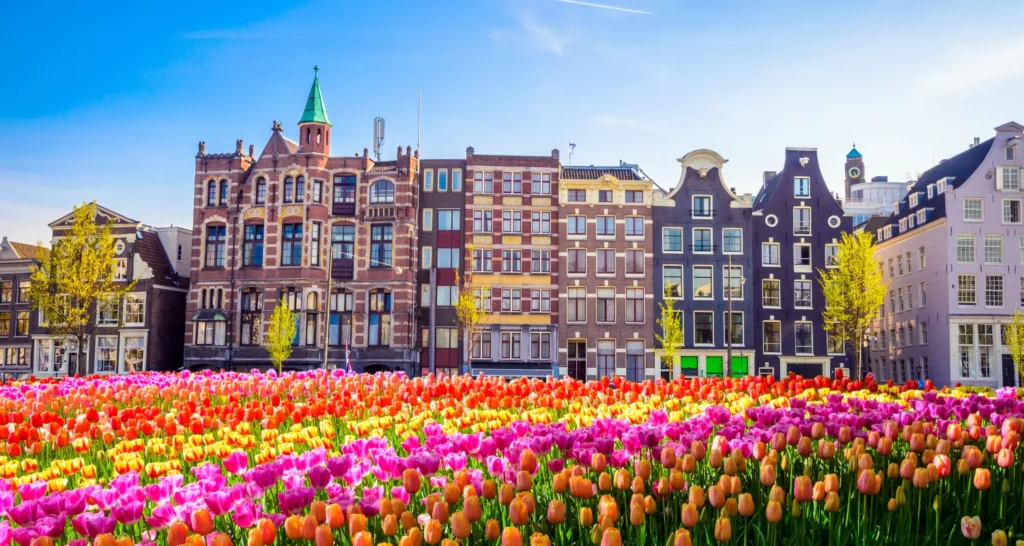Smart lighting integrates many technologies to ensure that both indoor and outdoor lights work automatically in certain conditions. Several smart lighting networks perform different things, however, some of the popular solutions have smart lights that can instantly switch on when an individual enters a room or changes color when something happens.
Smart light networks differ drastically, however, in general, the lights either function individually or together if connected. Smart lights are of 2 main types: sensor-integrated and non-sensor integrated. Sensor-integrated lights are sensors that allow them to recognize individuals and daylight, among many other things. You may still manually manage sensor-integrated lights as you desire. Even though non-sensor incorporated lights lack sensors, they are still classified as smart, since you may program them.
Smart lights have two key ways of controlling them: smart devices and control hubs. You may use smartphones, tablets, laptops, and desktop computers (provided both devices and the smart lights have a connection to Bluetooth or Wi-Fi) to be able to remotely manage and configure your smart lights. In some circumstances, usually in bigger buildings engineers dedicate a control hub to maintain the smart lights network.
Networking the light system to gather data
There is a lot going on in the lights industry these days. Since LEDs are comprehensively becoming mainstream, the next big frontier in the lights industry is controlling mechanisms (lightning hubs). Regardless of whether you refer to it as smart, connected, or whatever you like, the bottom line is that the lights are controlled. Everything is going wireless in the modern world, and lighting control has not been left out. It is particularly alluring for retrofit projects. This is also true for systems that are based on radio-frequency, there are technologies like the power-line communication that make use of mains power lines to convey data into and from the fittings you have. Even conventional wired control systems, are becoming more and more common to devices of the user be it a phone or tablet that does not a wired connection to anything.
Smart lighting abolishes the need to stand and flick the switch. The network performs all the work, automatically, although you may program the lights in order to respond the way you want. Smart lights frequently feature sensors, so they are able to identify individuals and things especially when they want the light to turn on how much light they need. Smart lighting networks habitually allow lights to interact. Usually, they are calibrated all together, or individually via a control setup.
Some actual problems the lightning industry facing
All over the world, cities are getting rid of old energy-wasting sodium bulbs. Governments swapping them for LEDs that act as a power hub, which may be custom-made for technology add-ons. The smart lights network can find an unattended bag in an airport and even alert security, direct drivers towards empty parking zones, and notify shoppers of sales when they pass retailers. Current LED lights are able to be retrofitted with sensors. As more cities and people are switching to energy-saving LED light bulbs, a company in California has established a way of turning them into smart networks. These networks are capable to collect and feed the data. Nevertheless, fresh technological opportunities are causing privacy concerns. Another concern is cybersecurity since most cities prefer to share and store data in the cloud.
Nowadays, a light bulb is more than a mere bulb – it’s smart. Governments in cities all over the U.S. are considering the latest intriguing lighting innovations as an opportunity for doing more than simply light an area. While smart light bulbs have a reputation for being energy efficient, they also provide many more functions. Leading in the trend that propels larger smart cities. Smart lighting is only one section of the bigger smart cities. In the search for a high quality of life for residents, city governments are looking for technologies such as smart lights as tools that may help them resolve age-old problems.
The lightning network as the key data aggregator
There is no limit to the form of information smart lights can gather. And there lies the problem. In the future, the smart lights network can track everywhere we go, waterer, we buy, and whatever we do, throughout. The responsibility is on the city since it is your information that is at risk. It is my opinion that technology is developing faster compared to our policies meant to control it.













